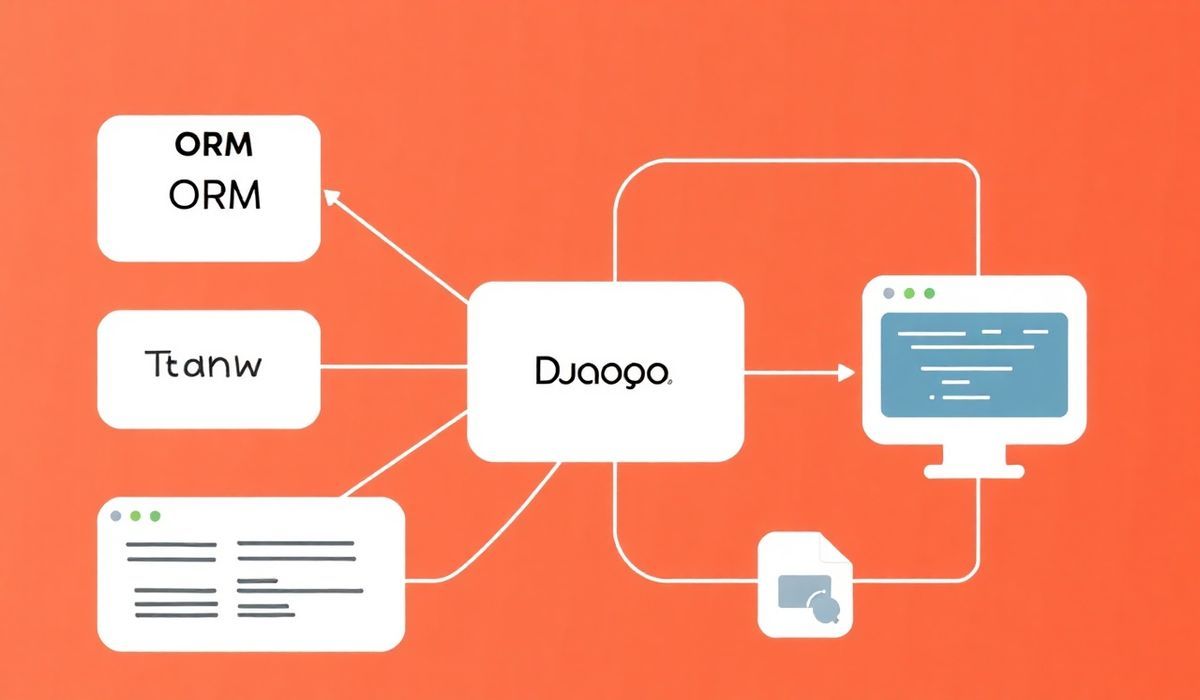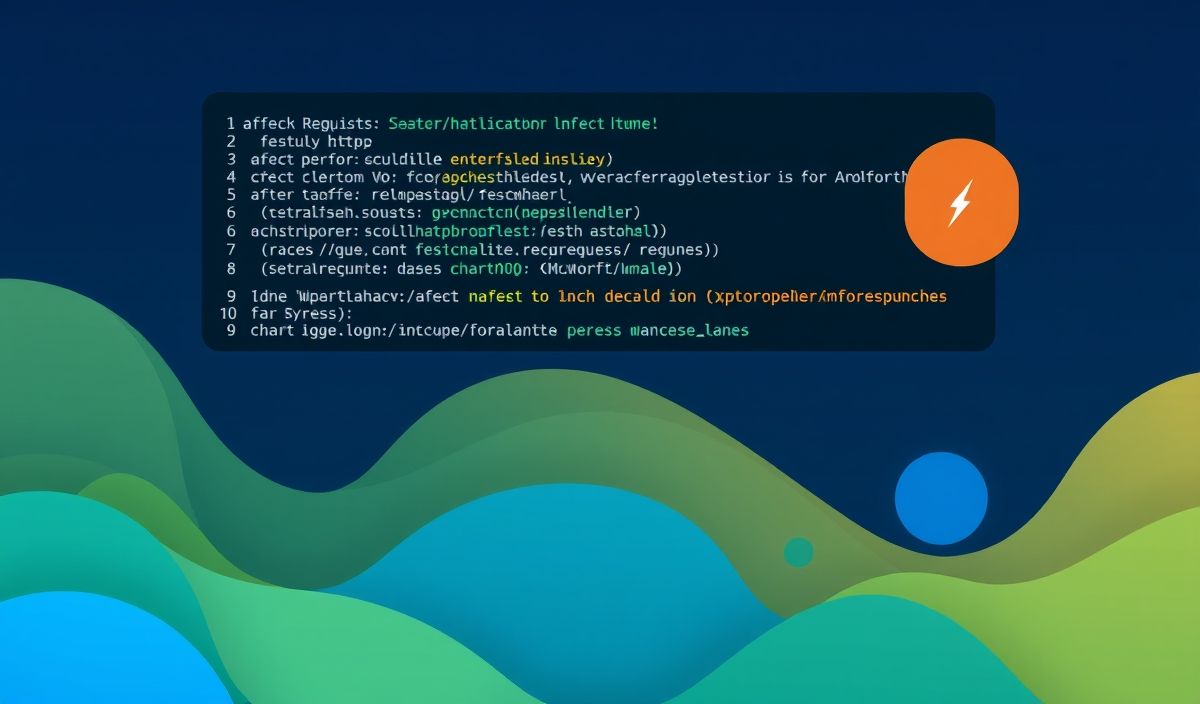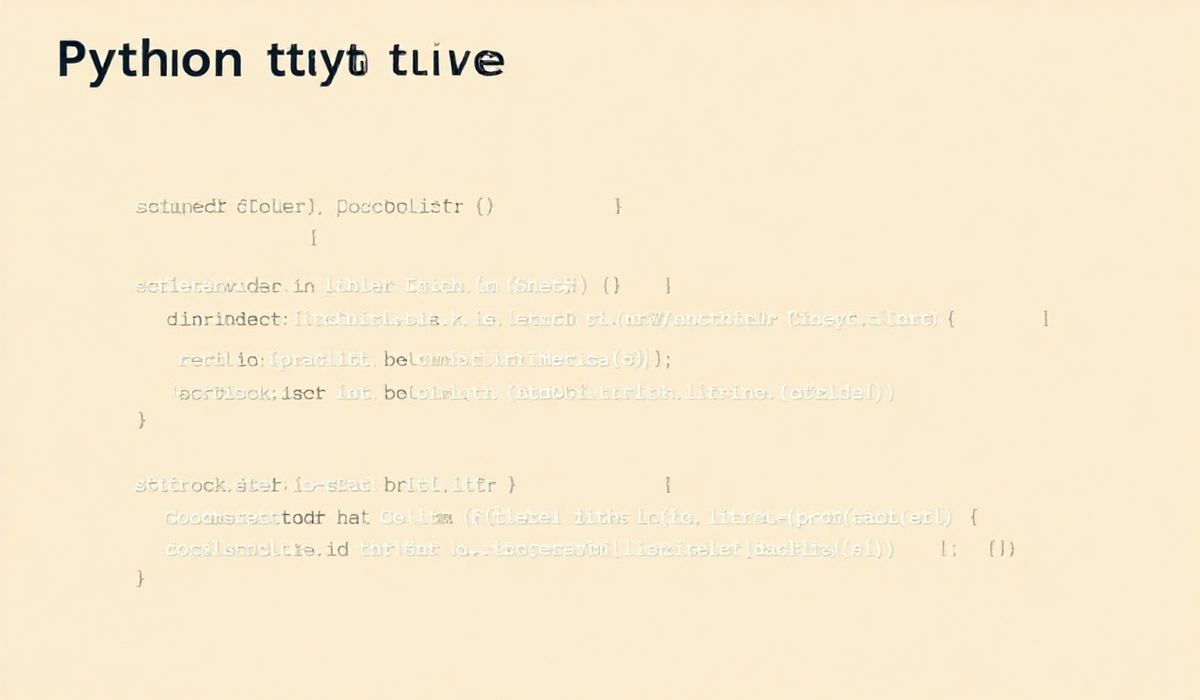Django Introduction
Django is a high-level Python web framework that enables rapid development of secure and maintainable web applications. Developed with a “batteries included” philosophy, Django provides developers with a wide range of robust built-in tools, components, and features to build web projects while focusing on writing clean and efficient code. It drastically simplifies common web development tasks, such as database operations, URL routing, template rendering, and authentication.
Django is known for its scalability, modular design, and adherence to the Don’t Repeat Yourself (DRY) and Convention Over Configuration principles. It is widely used for creating personal websites, e-commerce platforms, content management systems (CMS), APIs, and more.
- ORM (Object-Relational Mapping): Interact with databases without needing to write raw SQL queries.
- Admin Interface: A customizable and ready-to-use administration panel.
- Security: Built-in defenses against common issues like SQL injection, XSS, and CSRF attacks.
- Scalability: Django’s modular design and performance-enhancing features make it suitable for large-scale projects.
- Versatility: Django can support everything from small-scale projects to enterprise-grade applications while providing APIs, RESTful services, and more.
Whether you’re a beginner or an expert developer, Django’s capabilities enable you to stay productive and write clean, maintainable web applications efficiently.
20+ Django API Explanations with Code Snippets
Below are explanations and practical code snippets for 20+ frequently used Django components and APIs:
1. django-admin Command-Line Utility
The django-admin utility kickstarts a Django project and provides various commands for development.
# Create a new Django project django-admin startproject myproject # Run the server python manage.py runserver
2. settings.py Configuration File
The settings.py file contains all your project’s configurations, such as the database information, middleware, templates, API keys, etc.
# settings.py (Database Example):
DATABASES = {
'default': {
'ENGINE': 'django.db.backends.sqlite3', # Other options: 'postgresql', 'mysql', etc.
'NAME': BASE_DIR / 'db.sqlite3', # Path of database
}
}
3. Models (django.db.models)
Models represent tables in your database, and each model is a Python class.
from django.db import models
class BlogPost(models.Model):
title = models.CharField(max_length=255)
content = models.TextField()
created_at = models.DateTimeField(auto_now_add=True)
def __str__(self):
return self.title
4. Querying the Database (QuerySet API)
Django provides an ORM for interacting with your database using high-level methods.
# Retrieve all objects
blog_posts = BlogPost.objects.all()
# Retrieve a single object by filtering
blog_post = BlogPost.objects.get(id=1)
# Chained queries with filters
recent_posts = BlogPost.objects.filter(title__contains='Django').order_by('-created_at')
5. URL Routing (urls.py)
Route URL patterns in urls.py to their corresponding views or functions.
from django.urls import path
from . import views
urlpatterns = [
path('', views.index, name='home'),
path('blog//', views.blog_detail, name='blog_detail'),
]
6. Views
A view is a function or class-based method in Django responsible for handling HTTP requests and returning responses.
from django.shortcuts import render, get_object_or_404
from .models import BlogPost
def index(request):
# Query the database
posts = BlogPost.objects.all()
return render(request, 'index.html', {'posts': posts})
def blog_detail(request, id):
post = get_object_or_404(BlogPost, id=id)
return render(request, 'blog_detail.html', {'post': post})
7. Templates
Templates allow rendering of dynamic HTML content in web pages.
<!-- templates/index.html -->
<!DOCTYPE html>
<html>
<head>
<title>Blog</title>
</head>
<body>
<h1>Welcome to the Blog</h1>
<ul>
{% for post in posts %}
<li>
<a href="{% url 'blog_detail' post.id %}">{{ post.title }}</a>
</li>
{% endfor %}
</ul>
</body>
</html>
8. Form Handling
Django provides a robust form handling mechanism with the forms.py module.
from django import forms
class BlogPostForm(forms.ModelForm):
class Meta:
model = BlogPost
fields = ['title', 'content']




